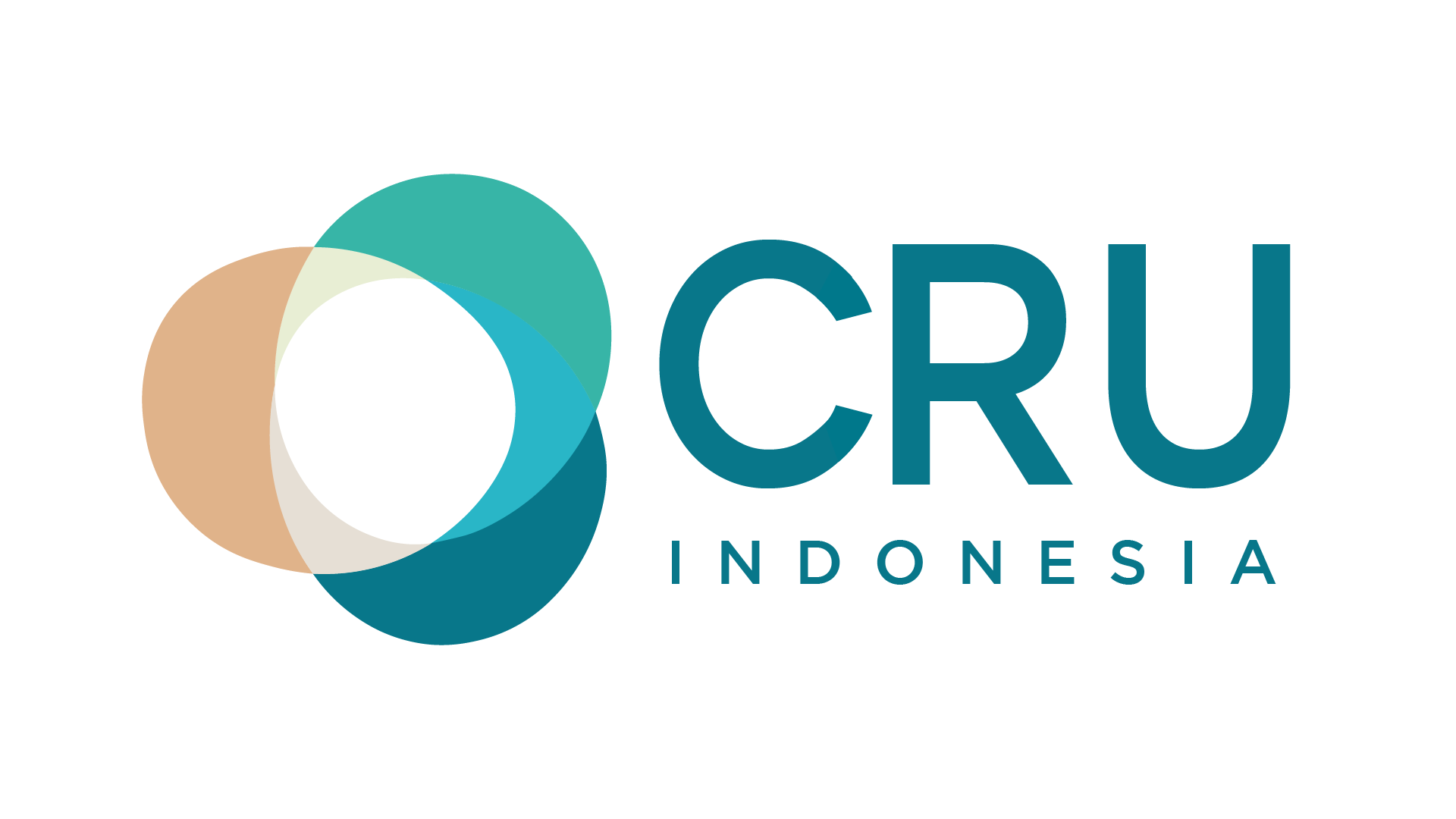Weaving of Nasa Meaning into Life: Maria Violet Medina Quisque
19 Maret 2025agnes
Tue, 03/18/2025 – 14:32
CSQ Issue
49-1: Resilience Rising: Indigenous Wisdom in Disaster Response and Climate Crisis Management
March 2025
Maria Violet Medina Quisque (Nasa) is a mosaic of light. From her origins as a young girl in Pueblo Nasa to Indigenous rights defense leader, international Indigenous women’s rights activist, and licensed psychologist; from the time she spends as a textile-weaver in an Indigenous intersectional community to her support of the Indigenous-led coffee-harvesting effort of CafeMediNasa, Maria credits her many accomplishments to her Indigenous roots. Pueblo Nasa is where Maria’s love and commitment to the art of textile-weaving emerged, a tradition that she says “reassigns meaning to life, one inherited from our grandfathers, our grandmothers in the Indigenous pueblos.” She notes that the burst of colors reflected in Nasa art is simultaneously “an act of resistance, a bridge to a connection between ourselves and nature.” Weaving remains a constant in Maria’s life, as she recognizes that women of the Embera, Kamensta, Inga, and Nasa Peoples are weavers. Her leadership in the fight for Indigenous rights in Colombia is never divorced from her identity as a Nasa woman, something she reiterates this in every stitch of her textiles. “We combine color with cosmologies; we write in our weaving, our grand- parents taught us,” she says.
“In our weaving, we prove that the pueblos have not disintegrated. We are integral. We are medicine, dance, culture, the defenders of life, of land, of water. We are merchants. We are everything. We sing. That is what our grandparents taught us and what we seek to pass to our children. All of that comes through in my weaving, the earrings, and bracelets I make. I do this with a community of women with care, love, and sometimes sadness.” More and more, Indigenous work is being appropriated and commercialized by non-Indigenous capitalistic entities. The textiles that Maria and women in the other pueblos weave contain an infinite symbology, a breadth of meaning- making technologies, that are copied “soullessly” by capitalist enterprise. “It is incredibly disheartening to see this, knowing that our art is history. Five hundred years ago, this art was a tool that we used among the pueblos. One can carry around a morral, a bag. What today is just called ‘art’ was an instrument of work. We made the earrings, the manillas (handles), trying to show other women that they are beautiful and to bring out that beauty. Multinational companies just want to sell our art without the meaning that we in the pueblos know they carry,” she laments.
At the Cultural Survival Bazaar, Maria represents not only the many women that have weaved the textiles and crafted jewelry, but also Indigenous-led coffee harvesting via CafeMediNasa. Coffee cultivation is significant and sacred. It is entirely organic and unprocessed with chemicals that may harm consumers’ physical health. “It is all medicinal, so the company is named MediNasa. MediNasa is a nickname, but it also reflects the community effort,” she explains. CafeMediNasa is composed of young women and campesinos who have been devastated by the armed conflict in Colombia. “One way that violence has emerged against these communities is through forced labor, and specifically the harvesting of coffee beans,” Maria says. “Young women and children are often the most brutalized in this process. In my work as a human rights leader, I help them sell their products. Three hundred families are involved in CafeMediNasa, and 1,600 people have been involved in the cultivation of the coffee. They cultivate it, they decide how much they will sell, and for how much.”
Coffee is grown by CafeMediNasa in Colombia.
Maria is on a mission to restore the rights of Indigenous artisans, cultivators, and nurturers of the land and life that have been denied on an international scale. “One of my responsibilities is not simply to be a visible face for those who have created the work, but to ensure that they have the same opportunity to be seen,” she says. In the future, Maria says she hopes that more opportunities like the Cultural Survival Bazaar will emerge and provide opportunities for Indigenous artisans communities around the world to be recognized and celebrated as the owners of their work.
Don’t miss the Cultural Survival Bazaars! July 19–20, Newburyport, MA • July 25–27: Tiverton, RI bazaar.cs.org
Top photos: Maria Violet Medina Quisque and examples of her beautiful beadwork.
Main Image
